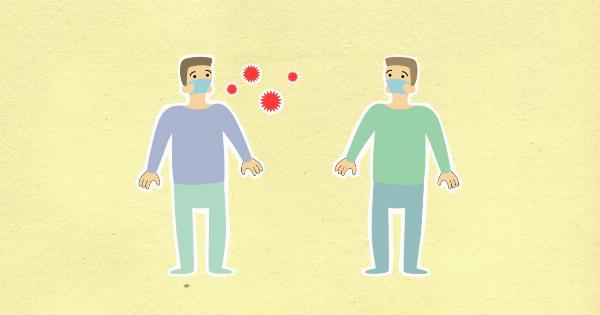The Melissa Sting Center, also known as the MSC, is a facility dedicated to the study of bees and their intricate behaviors. Established in 2010, it quickly became a hub for research on bee populations and honey production.
However, recent concerns about the rapid decline in bee numbers have drawn attention to the potential negative impact of the MSC. This article aims to explore the question of how fast the Melissa Sting Center should be removed, taking into consideration both the benefits it brings and the potential consequences it may have on the bee population.
The Importance of Bees
Before delving into the topic of removing the Melissa Sting Center, it is crucial to understand the critical role that bees play in our ecosystem.
Bees are not only responsible for pollinating a significant portion of the world’s crops, but they also contribute to the diversity and balance of countless ecosystems. Without bees, many plant species would struggle to reproduce, leading to a devastating impact on food production and biodiversity.
The Benefits of the Melissa Sting Center
Since its establishment, the Melissa Sting Center has made significant contributions to bee research and conservation.
Its state-of-the-art facilities and dedicated team of scientists have helped shed light on various aspects of bee biology, behavior, and health. The knowledge gained from MSC’s research has allowed for the development of more effective strategies to protect and support bee populations.
Concerns about the MSC
While the Melissa Sting Center has undoubtedly played a crucial role in bee research, concerns have arisen regarding its potential negative impact on bee populations.
Critics argue that the artificial environment within the MSC may disrupt the natural behaviors and evolutionary processes of bees. The controlled conditions provided by the center often differ significantly from the challenges and conditions bees face in the wild, potentially skewing research findings and impeding the development of effective conservation strategies.
Evaluating the Need for Removal
When considering the question of how fast the Melissa Sting Center should be removed, it is vital to carefully evaluate the available evidence and perspectives.
Proponents of the MSC emphasize the invaluable knowledge gained from the center’s research, arguing that it outweighs any potential negative effects on bees. They believe that the controlled environment allows for a more accurate understanding of the intricacies of bee behavior and enables researchers to develop targeted and efficient conservation efforts.
Alternative Approaches
Instead of removing the Melissa Sting Center entirely, some propose modifying its operations and research protocols to address the concerns raised.
By introducing more natural elements into the center’s facilities and conducting studies that closely mimic wild conditions, researchers could bridge the gap between controlled environments and real-world scenarios. This approach would allow for a balanced compromise where the MSC can continue contributing valuable insights while minimizing the potential harm to bees.
Collaboration and Integration
Another possible solution would be for the Melissa Sting Center to collaborate more closely with organizations and institutions working on bee conservation in the field.
By sharing resources, expertise, and data, the MSC could become an integral part of a broader effort to protect bee populations. This would involve building strong partnerships and ensuring that the research conducted within the center aligns with the priorities and challenges faced by bees in their natural habitats.
The Role of Public Awareness and Education
Regardless of the decision regarding the Melissa Sting Center’s removal, it is essential to focus on increasing public awareness about the importance of bees and the threats they face.
Educating the public about the vital role bees play in our ecosystems can foster a broader understanding and support for bee conservation efforts. This awareness can lead to changes in individual behaviors and policies that can have a significant positive impact on bee populations.
Conclusion
The question of removing the Melissa Sting Center is complex and requires a careful weighing of the benefits and potential consequences.
While the center has contributed invaluable knowledge to bee research, concerns about its impact on bee populations cannot be dismissed. Finding a middle ground that allows for continued research while minimizing harm to bee populations is crucial.
Ultimately, with the right modifications and collaborations, the Melissa Sting Center can become an even more effective tool in the broader effort to conserve and protect bees and their vital role in our ecosystems.






























